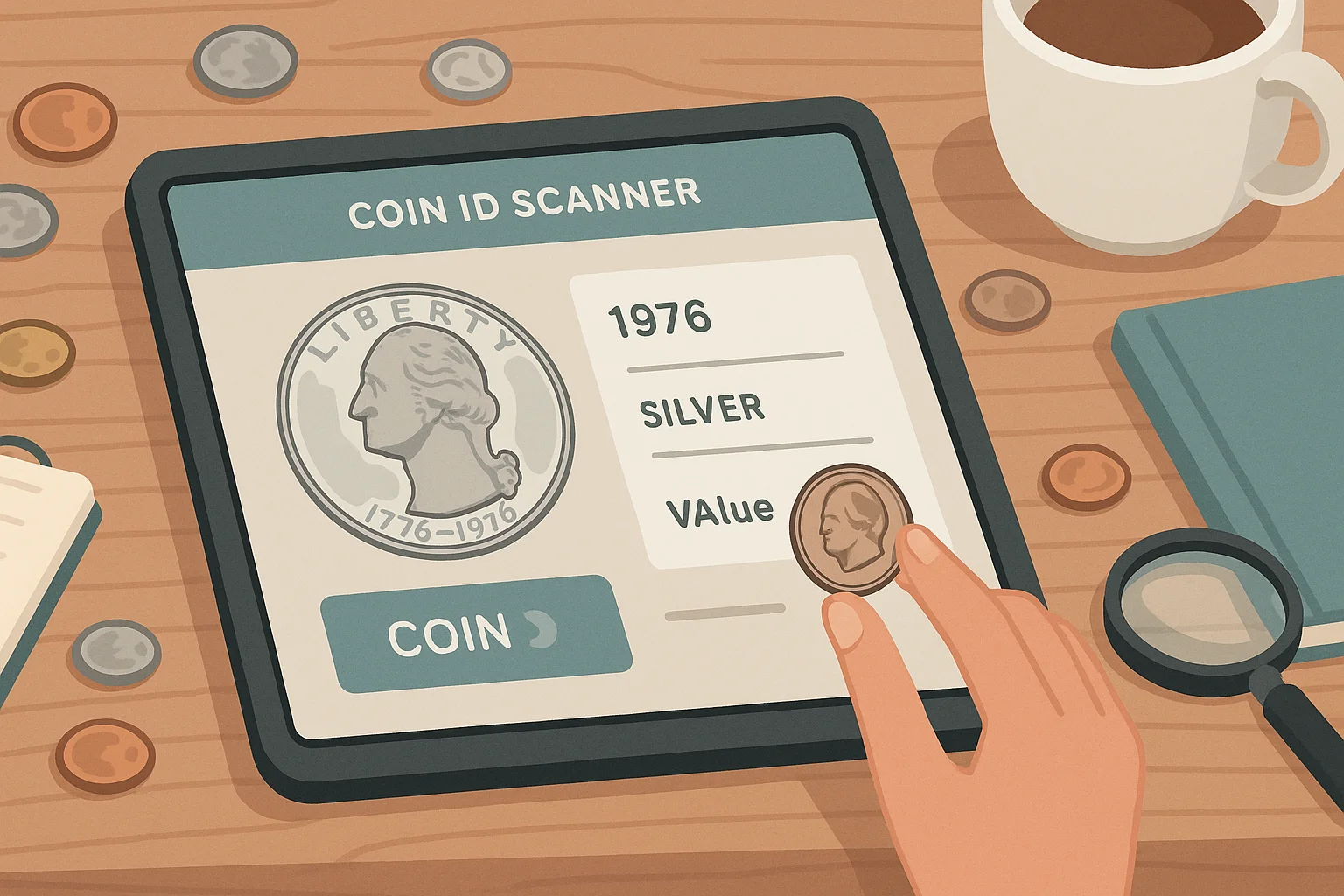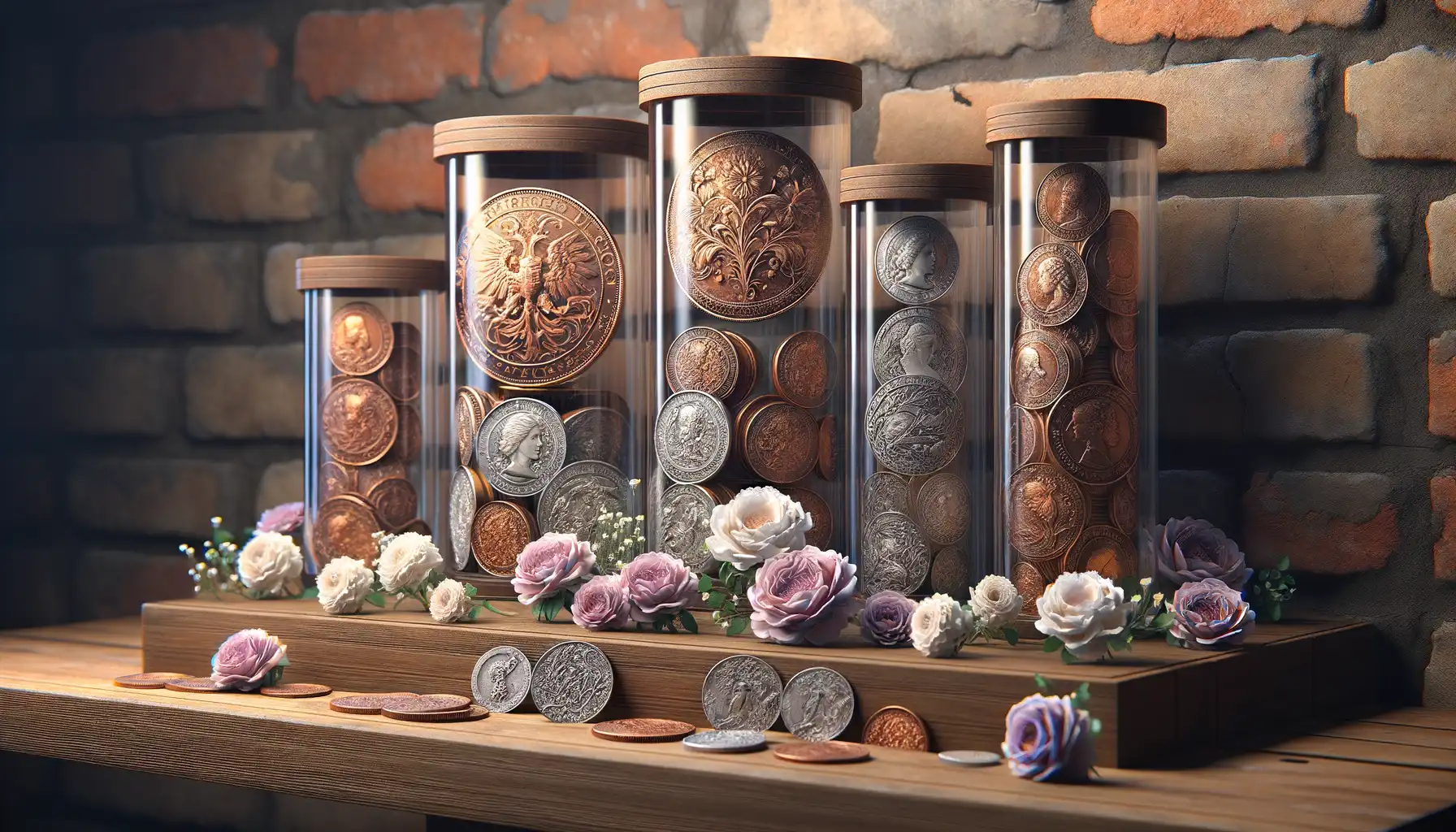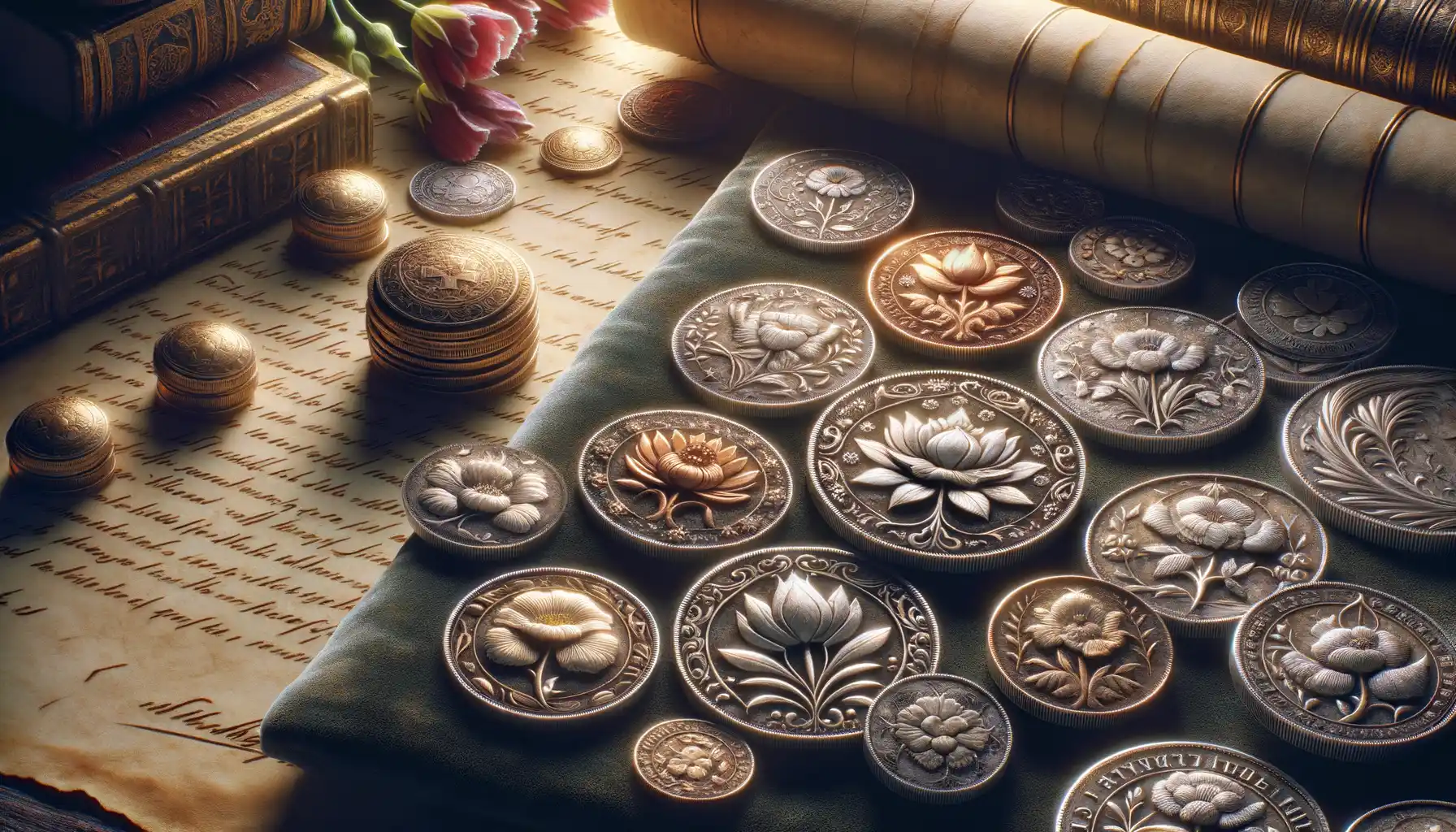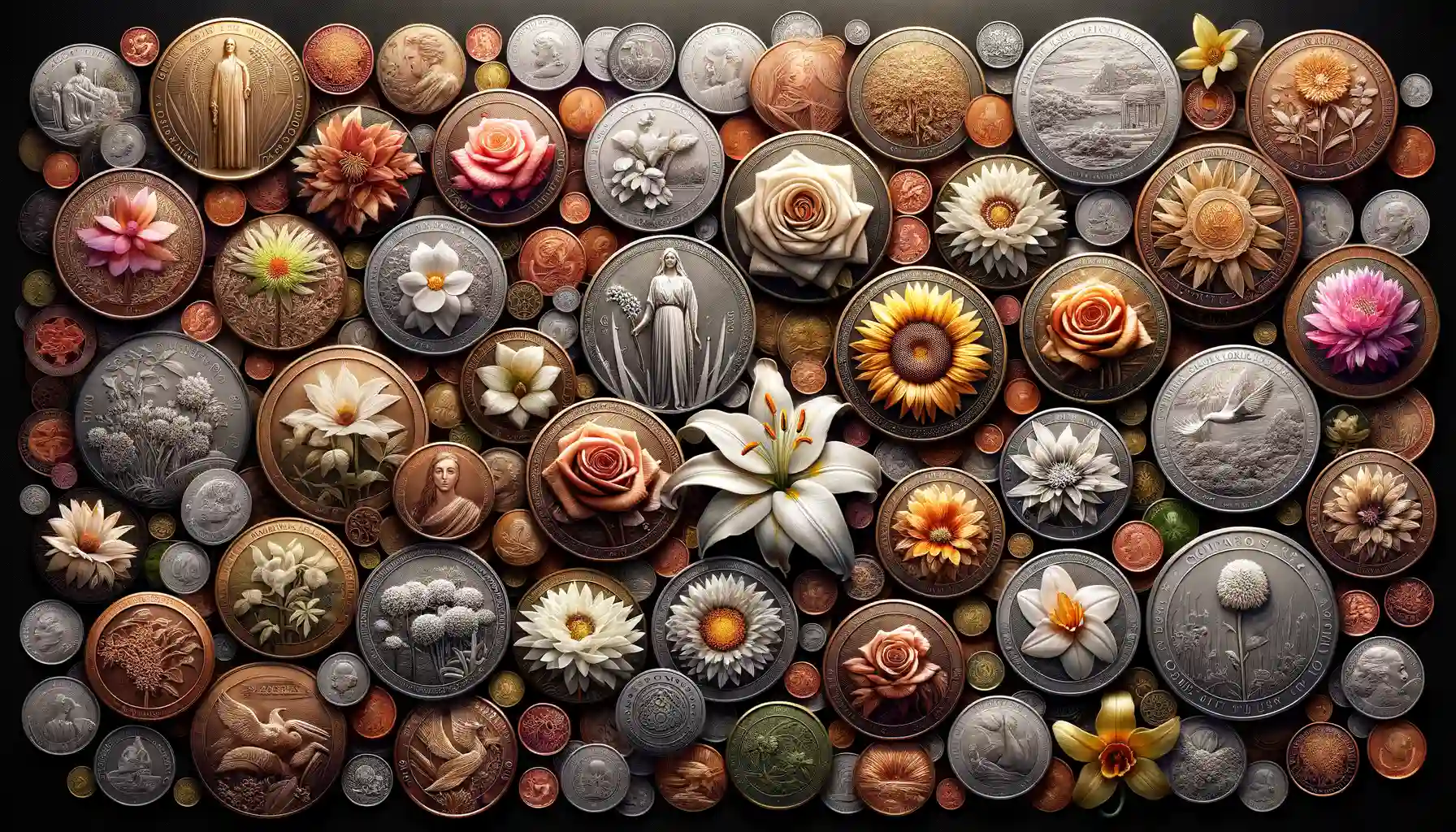The 1976 Bicentennial quarter holds a special place in American coinage — a patriotic tribute to 200 years of U.S. independence. Unlike regular quarters, it proudly displays the dual date “1776–1976” and a striking reverse design featuring a colonial drummer boy created by artist Jack L. Ahr. Millions were struck for circulation, making them one of the most recognizable modern commemorative coins.
While most Bicentennial quarters are still worth their face value, some contain minting errors and rare variations that can dramatically increase their market price. In a few remarkable cases, Bicentennial quarter errors have sold for hundreds or even thousands of dollars. For collectors and casual finders alike, knowing which features to look for can literally turn small change into a serious profit.

Why Collect Bicentennial Quarters?
Bicentennial quarters were minted across Philadelphia (no mint mark), Denver (D), and San Francisco (S) facilities. They appeared in circulation, collector sets, and even limited silver editions. These coins marked a major celebration in U.S. history — the nation’s 200th birthday — and represented a rare case of redesigning circulating coinage purely for commemoration.
Key specifications:
| Feature | Details |
| Designer (Obverse) | John Flanagan (Washington portrait) |
| Designer (Reverse) | Jack L. Ahr (Colonial drummer boy) |
| Composition | Copper-nickel clad (Philadelphia & Denver), 40% silver (San Francisco proof/uncirculated) |
| Diameter | 24.3 mm |
| Weight | 5.67 g (clad), 5.75 g (silver) |
| Mintage | Over 1.6 billion (across all mints) |
Historical and Collectible Significance
The Bicentennial quarter’s appeal extends beyond its patriotic theme. It was the first commemorative coin issued for circulation in 35 years, following the 1946 Roosevelt dime. Collectors value it as both a piece of history and a cornerstone of modern U.S. coin design.
Adding to its allure, the Bicentennial quarter was produced for two full years (1975–1976) but all carry the same date — a rare numismatic quirk. The enormous mintage makes most examples common, yet the same large-scale production also led to unusual minting errors that escaped into circulation.
The Role of Condition and Variety
As with most collectible coins, the condition, mint mark, and type of error determine a coin’s true value. Coins preserved in uncirculated (MS65+) condition or proof sets have sharper details and luster, often commanding premium prices. Meanwhile, coins featuring clear doubling, off-center strikes, or unique die damage are in high demand.
Collectors and treasure hunters continue to check Bicentennial quarters in pocket change, coin rolls, and inherited collections. Every year, new discoveries surface — reminding us that valuable coins often appear where least expected.
Top Valuable Bicentennial Quarter Errors to Watch
Not every Bicentennial quarter is valuable, but a few distinctive minting errors can transform an ordinary coin into a collector’s dream. These flaws occurred during production and were never meant to exist — yet they’ve become some of the most sought-after treasures in modern U.S. coinage.
Below are the most notable Bicentennial quarter errors that have commanded impressive prices on the market.
1. Doubled Die Obverse (DDO)
The Doubled Die Obverse is one of the most visually striking and valuable Bicentennial errors. It occurs when the die used to strike the coin shifts slightly between impressions, resulting in a noticeable doubling of letters or design elements.
Where to look:
- Doubling around “LIBERTY”, “IN GOD WE TRUST”, and the 1776–1976 date.
- Some examples also show slight doubling on Washington’s eye and profile.
High-grade DDO quarters can sell for $1,000 to $8,400, depending on clarity and condition (notably for MS66+ certified pieces).
2. Drummer Boy Design Errors
The drummer boy reverse is prone to several small but collectible flaws, often caused by die wear or impact issues during production.
Common examples include:
- Die cracks running through the drum, hands, or colonial hat.
- Die clashes, where faint outlines from the obverse design appear on the reverse surface.
- Striking imperfections, creating distorted or “melted” details.
While these coins typically sell between $100 and $500, distinct and dramatic examples — such as cracks running across the drum — can bring even more.
3. Off-Center and Misaligned Strikes
Some Bicentennial quarters were struck off-center, meaning the blank planchet wasn’t properly aligned with the dies. This caused parts of the design to be missing or shifted to one side, creating a noticeable visual imbalance.
- 5–10% off-center strikes might fetch $75–$150.
- 25–50% off-center strikes with full visible dates can reach $300–$800.
Misaligned die strikes, while subtler, are also collectible — especially if the rim appears doubled or uneven.
4. Overstruck Coin Errors
The rarest and most valuable Bicentennial quarter errors are overstrikes, where the coin was struck on a planchet intended for another denomination.
- One exceptional example of a Bicentennial quarter struck on a dime planchet sold for over $12,000 at auction.
- Such errors can also involve nickel or cent planchets, each creating a unique hybrid appearance.
Collectors treasure these coins for their extreme rarity and visual oddity — unmistakable once spotted.
5. Struck-Through Errors
A struck-through error occurs when a foreign object like cloth, grease, or wire comes between the die and the planchet during striking. The resulting coin may have indented textures, missing details, or unusual surface patterns.
- Coins struck through heavy grease often show missing or faded elements, such as the drummer’s drumsticks or the lettering on the reverse.
- Light cloth or thread impressions create distinctive textures that make each error unique.
These coins can sell for $200–$900, depending on visibility and preservation.
Value Overview of Bicentennial Quarter Errors
| Error Type | Key Feature | Typical Value | High-End Value |
| Doubled Die Obverse | Doubling on text or profile | $500–$2,000 | Up to $8,400 |
| Drummer Boy Die Crack | Visible line across drum or hat | $100–$500 | $1,000+ |
| Off-Center Strike | Design shifted from center | $75–$800 | $1,200+ |
| Overstruck on Dime | Quarter struck on dime planchet | $3,000–$12,000 | $12,000+ |
| Struck-Through Error | Texture or missing detail | $200–$900 | $1,000+ |

How to Evaluate and Identify Bicentennial Errors at Home
Searching for valuable Bicentennial quarter errors is easier than most people think. With patience, good lighting, and the right tools, you can evaluate coins in your spare time and potentially uncover a hidden gem worth hundreds—or even thousands—of dollars.
Step 1: Examine Your Coins Carefully
Lay your quarters on a clean, soft surface to prevent scratches. Use a 10x magnifying glass or jeweler’s loupe to inspect each coin, focusing on:
- The obverse lettering — look for doubling around “LIBERTY” or “IN GOD WE TRUST.”
- The reverse design — check the drummer’s drum, hands, and hat for die cracks or striking flaws.
- The edges and alignment — misaligned or off-center strikes are usually visible at a glance.
- Surface textures — look for missing details caused by grease or debris in the striking press.
If a coin seems unusual, compare it against clear reference photos online or in coin guides. Subtle differences can signal significant value.
Step 2: Evaluate Condition and Rarity
Condition plays a decisive role in coin value. Grading follows a scale from Poor (P-1) to Mint State (MS70). Even a minor error can multiply in price if found on a high-grade coin.
Key grading tips:
- Uncirculated coins (MS60–MS67) show no wear and retain full mint luster.
- Proof coins—especially from San Francisco—display mirror-like surfaces and sharp details.
- Coins with visible doubling, off-centering, or foreign material are best candidates for professional grading.
If you believe your coin has potential, consider certification from PCGS or NGC. Authenticated and encapsulated coins command higher trust and stronger market prices.
Step 3: Use the Coin ID Scanner App
Technology can make identification easier and more accurate. The Coin ID Scanner app, available on Android and iOS, allows users to scan and analyze coins instantly with AI-driven precision.
Features include:
- Photo-based recognition — take or upload a picture to identify your coin’s type and potential error.
- Detailed information cards — including mint year, composition, edge, diameter, weight, and current market estimate.
- Collection management tools — organize and tag your Bicentennial finds digitally.
- Smart filters and AI Coin Helper for advanced error recognition.
- Database of 187,000+ coins worldwide, ensuring reliable comparisons.
This digital assistant is ideal for home collectors who want to confirm if their 1976 quarter is a standard strike or a high-value error without expensive equipment.
Step 4: Learn and Connect
Building numismatic knowledge is essential for spotting trends and avoiding undervaluation. Reliable references include:
- Coin Identifier’s Bicentennial error value guide for updated price ranges.
- PCGS CoinFacts and NGC VarietyPlus databases for error verification.
- Heritage Auctions archives to review past high-value sales.
- Online coin forums where collectors share discoveries and identification tips.
The more you research, the better you’ll become at recognizing premium traits before others do.
Small Details, Big Rewards
The 1976 Bicentennial quarter is more than a patriotic keepsake—it’s a modern treasure hunt in your pocket. While most examples remain common, error coins like doubled dies, overstrikes, or off-center strikes have proven time and again to yield impressive returns.
By taking the time to examine your coins closely, maintaining them properly, and using smart tools like Coin ID Scanner, you can transform casual collecting into a profitable and fulfilling hobby.So next time you check your change, take a second look—your next paycheck could be hidden in a Bicentennial quarter, waiting to be discovered.



